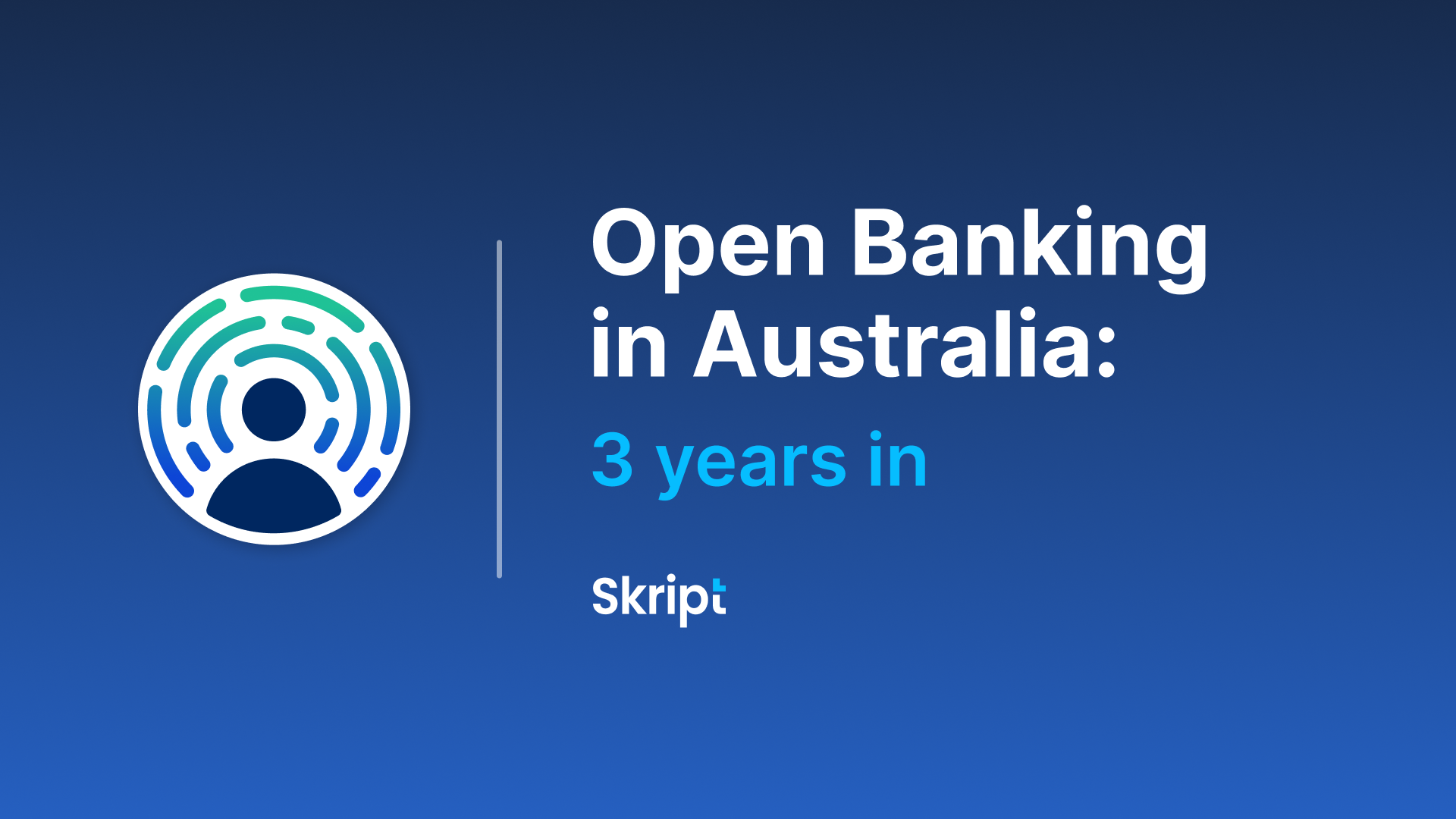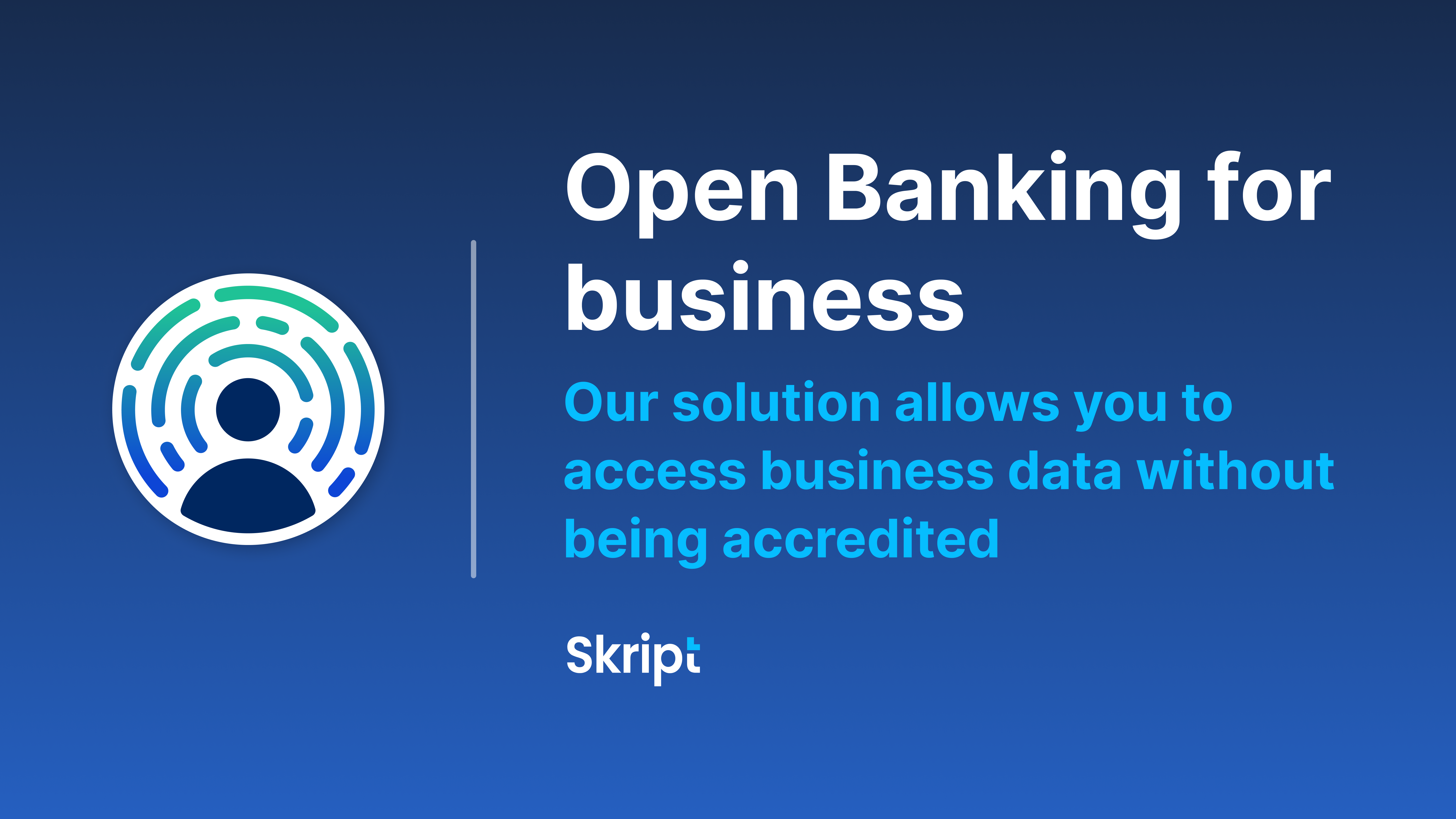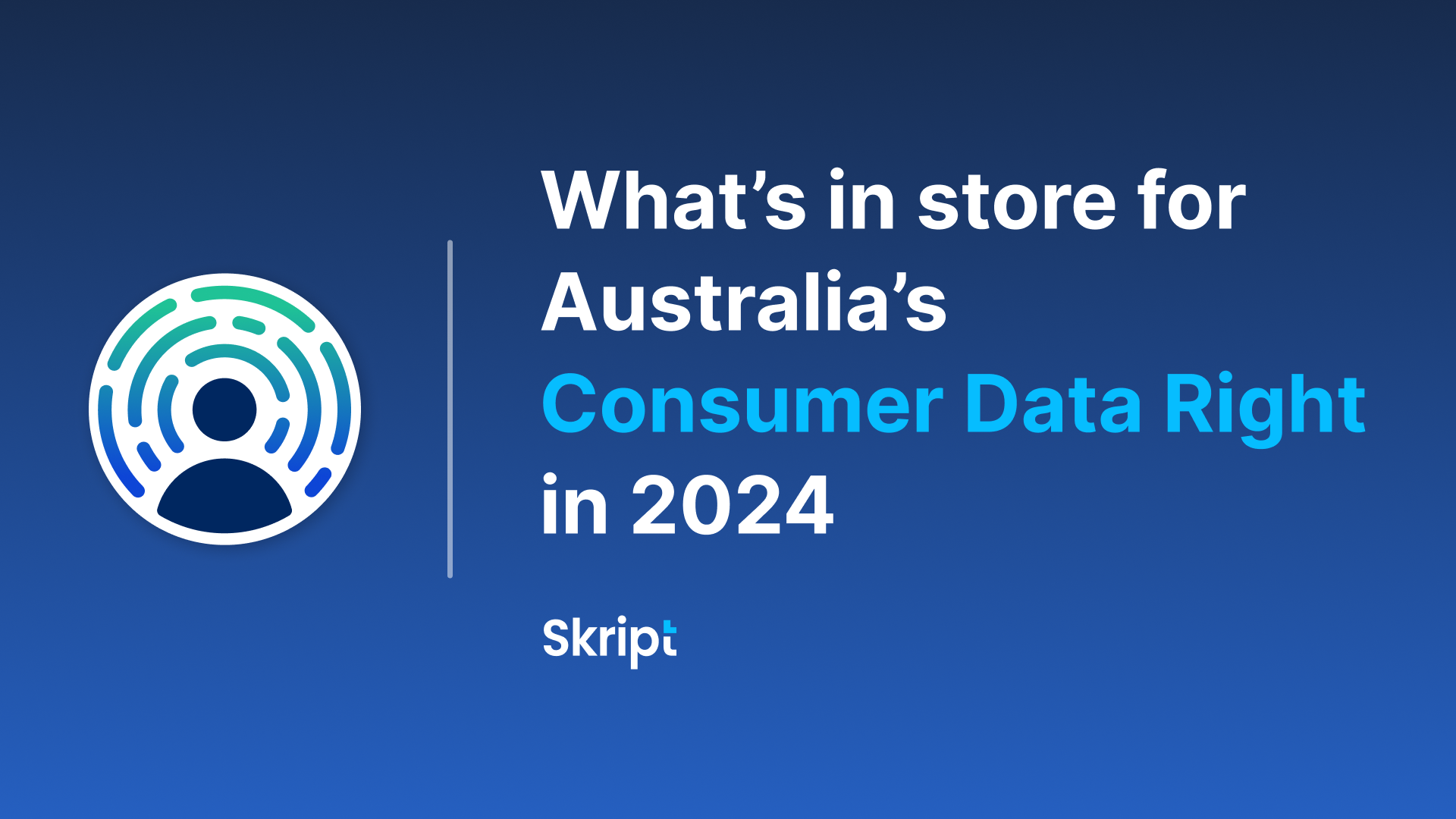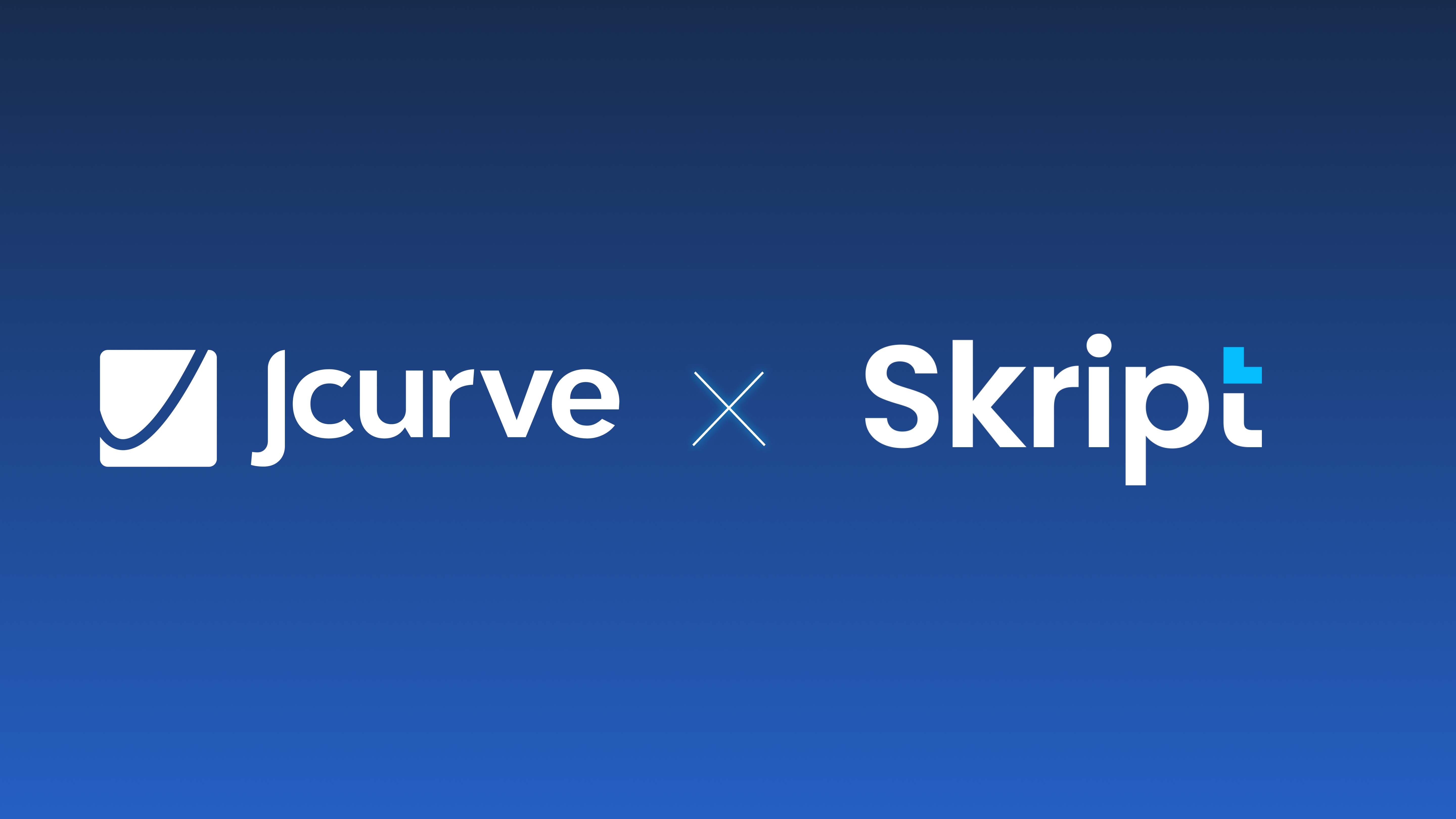July 2020 saw the first CDR data made available in Australia. 3 years later, where are we? And what lies ahead?
We’ve broken down our perspective on the big win so far, the big opportunity ahead of us, and the big challenge for the CDR.
The big win
Responsiveness to industry feedback.
Designing, legislating, implementing and maintaining an industry-wide ecosystem is no small feat. It was never going to be perfect from the start, but industry feedback has been taken on board to dramatically improve the accessibility and design of the CDR.
For example, 65% of CDR recipient participants in the Register now fall into the CDR Representative category, which was introduced in Nov 2022 and allows businesses to skip the formal accreditation process. The Trusted Adviser access model was introduced at the same time and opens the CDR to a list of professions already handling sensitive information.
CX guidelines are also continually evolving to reduce friction in the consent flows. This is important, because humans struggle to find value in even the most sophisticated solutions if they’re not convenient.
If we keep it up, no doubt CDR will continue evolving to better serve real use cases that benefit consumers and businesses.
The big opportunity
Turning data accessibility into action.
Right now the CDR is read-only, but where it gets really exciting is action initiation. Not only will consumers decide who gets to use their data, but also instruct providers to take action on their behalf. It’s a much less enticing proposition to aggregate a consumer’s entire banking experience if they can’t take any action off the back of this.
Payment initiation is coming first, and the idea is to only touch the instruction layer while leaving the actual movement of funds to existing payment rails supported by banks. Other ‘actions’ like provider switching and account opening/closing are also on the horizon.
As an example, the combination of CDR data and action initiation could enable a consumer to easily track rates across all their banks in one place and consent to transfer funds to the best performing product each month.
The introduction of action initiation follows suit from the UK’s version of Open Banking, which commenced its journey in 2018. The Open Banking Implementation Entity (OBIE) reported more than 68 million payments were powered by Open Banking (often referred to as “Pay by Account”) in 2022, up from 25 million in 2021.
Australia has also taken a unique lens on the global movement of ‘Open Banking’ by making it about more than just banking. The CDR has been designed to cover many facets of a consumer’s data that is held by their service providers. While the first cabs off the rank have been banking and energy, the full landscape of ‘Open Finance’ is on the cards. This includes sectors like non-bank lending, superannuation, insurance and merchant acquiring. The more industries connected, the more powerful the consumer experience becomes.
The big challenge:
What’s in it for Data Holders?
Right now there’s generally two sides of the CDR. Data Recipients are building products that rely on the stability and quality of CDR data. Data Holders are required to sink resources into a compliance program.
The reality is that CDR is not the banks’ highest priority, so it’s unsurprising that we’re still seeing discrepancies across each bank’s data, consent flows and business customer opt-in processes.
Some banks are already consuming CDR data themselves for things like lending serviceability assessments, but it’s been a very slow take-up. Who knows – as data quality improves, more use cases become available, and CDR starts seeing higher volumes, will everyone want a piece of it?
In the meantime, the data and process discrepancies have created a significant role for intermediaries in the ecosystem to simplify the experience for businesses looking to use CDR data. It also means a lot of businesses have been sitting on the sidelines until now waiting for CDR to be ‘ready’ for mass usage.
The good news is that things are going in the right direction through constant industry engagement, but there’s no denying we have a ways to go.
So what does the next year look like?
CDR’s 4th year will be a big one, with the industry waiting with baited breath for v5 of the Rules which will open up use cases for business data astronomically. The expansion into non-bank lending is also coming up, and discussions are delving into further detail on action initiation.
The government announced a budget of $88.8 million for CDR over the next 2 years, and have planned to wait until after this period to begin the expansion into industries like superannuation, insurance and telecommunications. This is a very sensible approach – it’s far better to do things a bit slower if it means they’re done properly.
The road ahead is bright, and we’re certain that with the quality and dedication of the people in the CDR community, we can seize the full opportunity of CDR.




